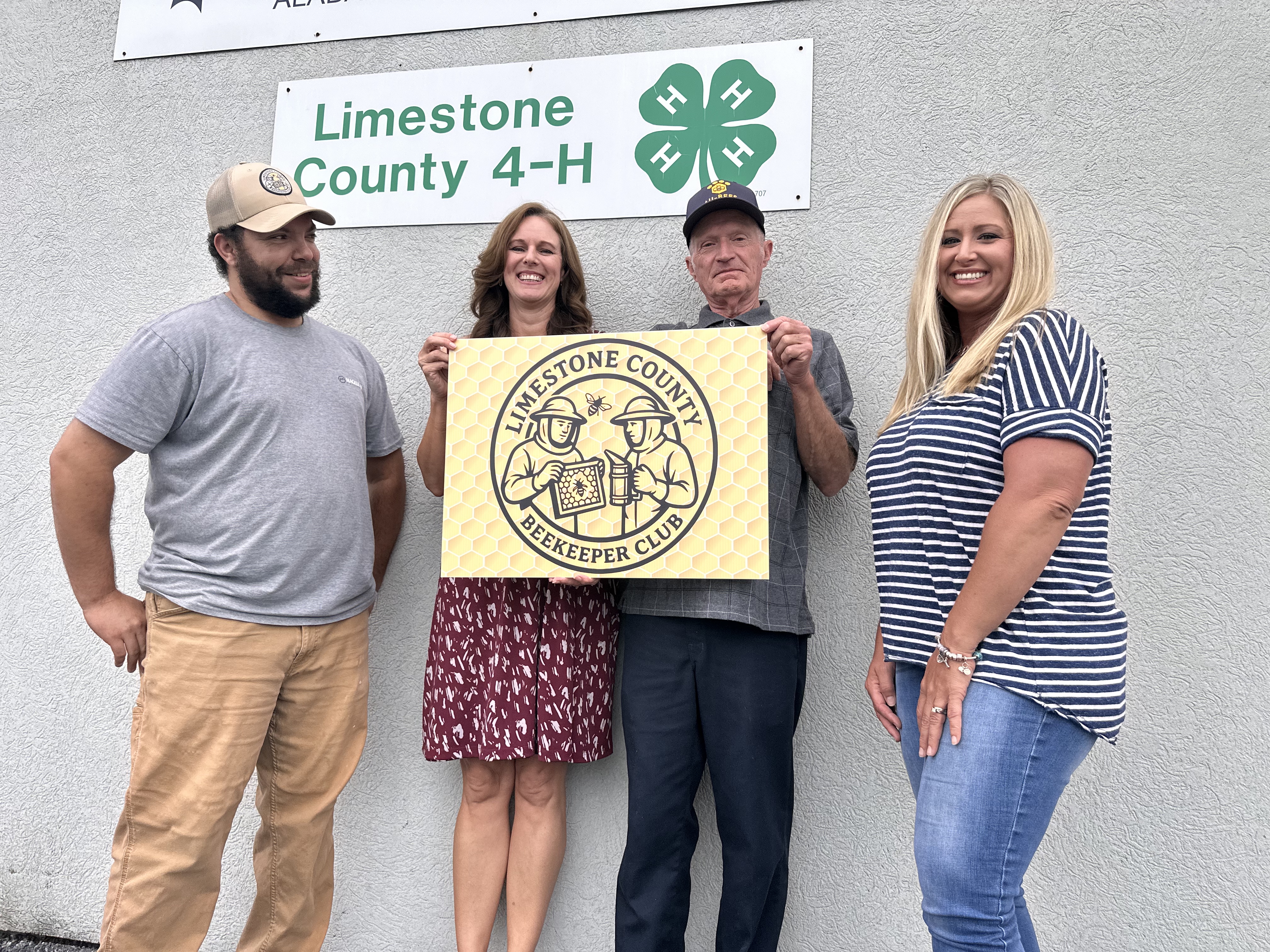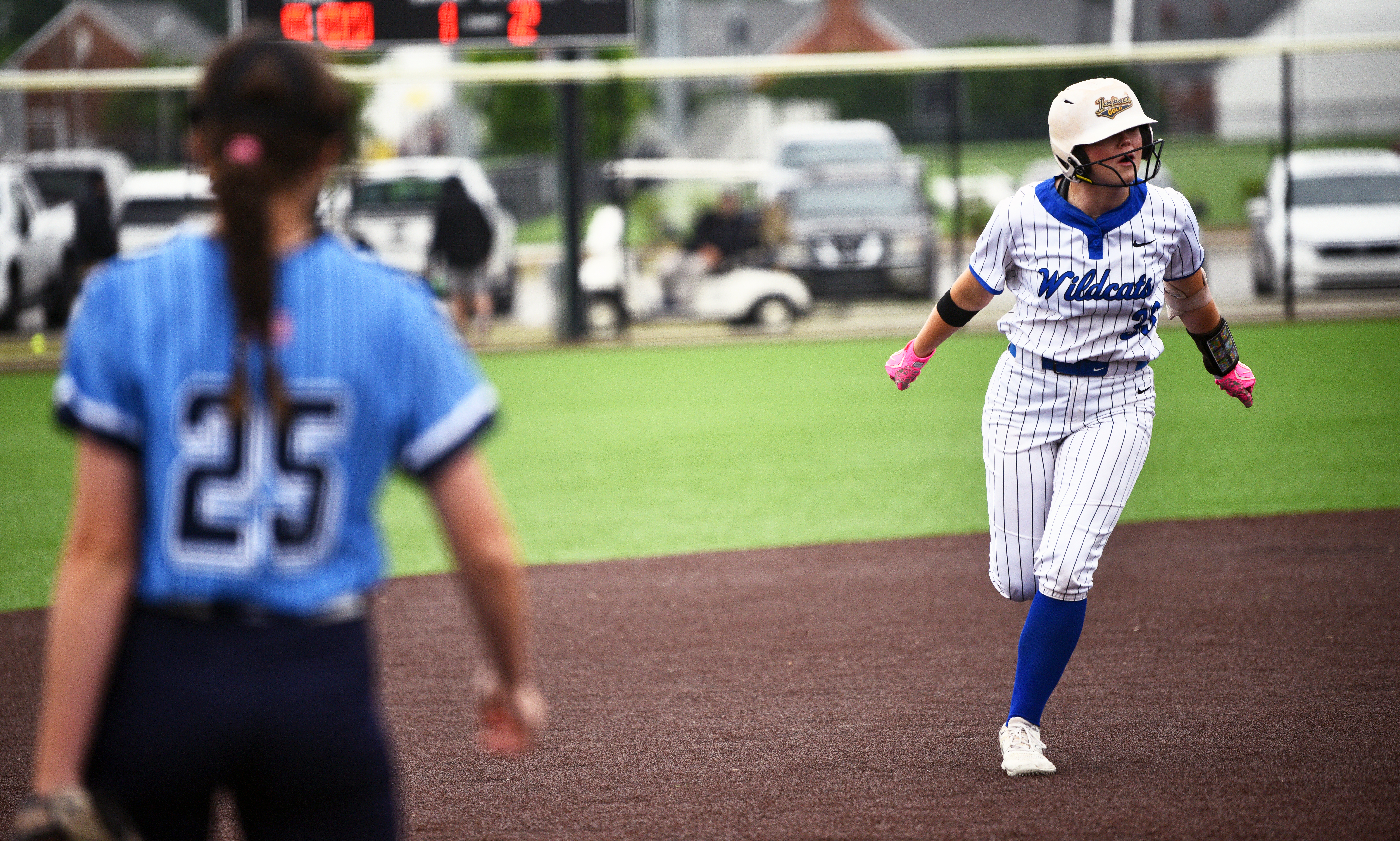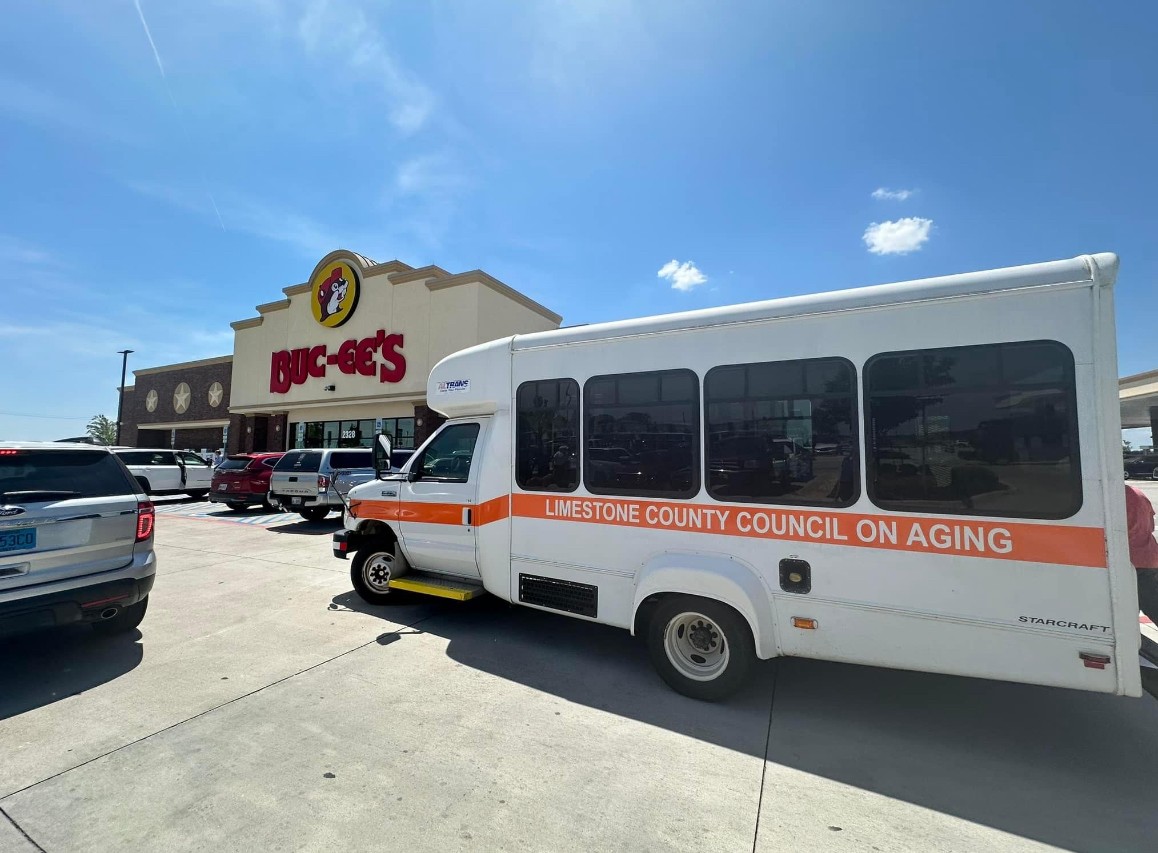Huntsville seeking backup for Limestone NOAA weather radio
Published 6:00 am Wednesday, January 11, 2017
Officials in Limestone County and Huntsville are trying to find a way to make sure all Limestone weather-radio users receive warnings meant for Limestone if the Huntsville weather radio transmitter goes offline as it did again Jan. 3.
Rita White, director of Limestone County Emergency Management Agency, said EMA and the National Weather Service in Huntsville are looking at ways to improve coverage for Limestone in the event equipment fails.
“They are just looking because the (Huntsville) antenna that covers Limestone County went down the other day,” White said. “It has come down twice recently, so they are looking at different options for what can be done to have a backup for Limestone County.”
The weather transmitter also went offline at the end of November 2016.
One solution may be to program other transmitters to send warnings for Limestone in the event the Huntsville transmitter goes offline again.
When all is working properly, the Huntsville weather radio transmitter sends weather alerts, including tornado watches and warnings, out to NOAA weather radio owners in Limestone County. But, if the Huntsville transmitter goes out, as it has in the past, much of Limestone is without coverage. Limestone is one of the only counties that relies solely on the Huntsville transmitter for warnings. Although other transmitters can reach parts of Limestone, they do not reach the entire county, White said.
Most counties rely on more than one transmitter. For example, in Madison, warnings are broadcast from transmitters in Huntsville, Arab and Winchester, Tennessee. So, if one goes down, radio listeners can still pick up a signal from another transmitter.
Building another transmitter is not an option because neither the county nor the weather service can afford it, White said.
Use multiple sources
Chris Darden, meteorologist in charge of the National Weather Service in Huntsville, warns residents to always have multiple ways of obtaining weather alerts during severe weather in case equipment fails. NIXLE, Twitter or wireless emergency alerts on cellular telephones will work.
“There are all sorts of (phone) apps available,” White said. “There are so many other options (in addition to weather radio).”
Darden told The News Courier in November 2016 the NWS office in Nashville was testing direct relay (of information) via satellite. He said the same could be achieved via cellular. Radio owners could still keep their existing radios.
“We need a regional and national push for satellite or cellular,” Darden said.
He was not available for comment at press time Tuesday.





